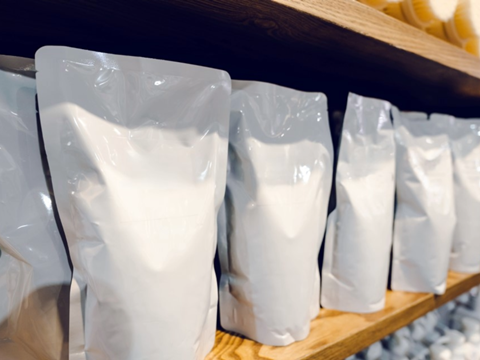
Meeting the global challenge of tackling plastic waste and building a circular economy requires innovation, investment and collaboration.
Sustainable package design enables recycling, reduces carbon emissions, supports climate, sustainability and circularity goals and reduces regulatory burdens. Compliance with evolving regulations like the European Union (EU)’s Packaging and Packaging Waste Regulation (PPWR) and global Extended Producer Responsibility (EPR) programs is driving these changes.
Companies can take steps to ensure packaging design is practical and promotes circularity:
Reducing material use: Switching from rigid to flexible packaging and down-gauging materials decreases the amount of plastic needed, reducing emissions.
Simplifying structures: Moving from multi-material to mono-material packaging improves recyclability. Harness innovation hubs like LYB Technology Centers to help.
Using recycled content: Using recycled content can contribute to circularity and reduce carbon intensity. Two options include:
Mechanical recycling is where post-consumer recycled plastics are sorted, shredded, washed and reconstituted; producing resins useful for non-contact sensitive applications such as consumer goods.
Chemical recycling breaks down plastic waste to its molecular building blocks, then reintroduces them into the polymer production process as a drop-in feedstock; producing resins useful for highly-regulated applications such as food contact.
Switching to bio-circular feedstocks: Replacing fossil-based feedstocks with bio-circular alternatives such as used cooking oil provides the flexibility of virgin resin, while reducing the product carbon footprint.
Using renewable energy and finding efficiencies: Efficient facilities powered by renewable energy can further reduce the product carbon footprint.
Traceability is key
Providing customers with traceable sustainability assurances is essential. For its chemical recycling (CirculenRevive brand) and bio-circular feedstock (CirculenRenew brand) solutions, LYB uses an International Sustainability and Carbon Certification (ISCC) PLUS-Certified mass balance approach, a voluntary certification scheme designed to validate product inputs against clearly defined sustainability standards.
The cost equation
Sustainable design can offer savings for brand owners. EPR fees penalize the use of materials with higher environmental impact – the more recyclable the structure, the lower the fees.
While EPR programs across the EU and the United States are not uniform, as these policies progress, those who get ahead of the curve by upgrading their packaging will have a competitive advantage.
The way ahead
Circular packaging is within reach. By embracing innovation and smart design, companies can transform packaging from a waste challenge into a sustainable solution. By acting now, companies can lead the market and unlock long-term value. The future of packaging is circular. Let good design lead the way.

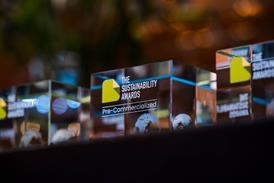

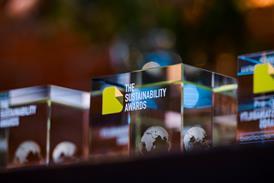
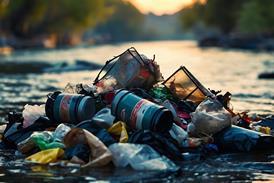
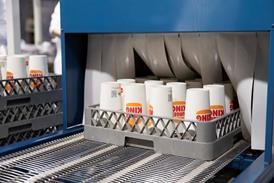











No comments yet